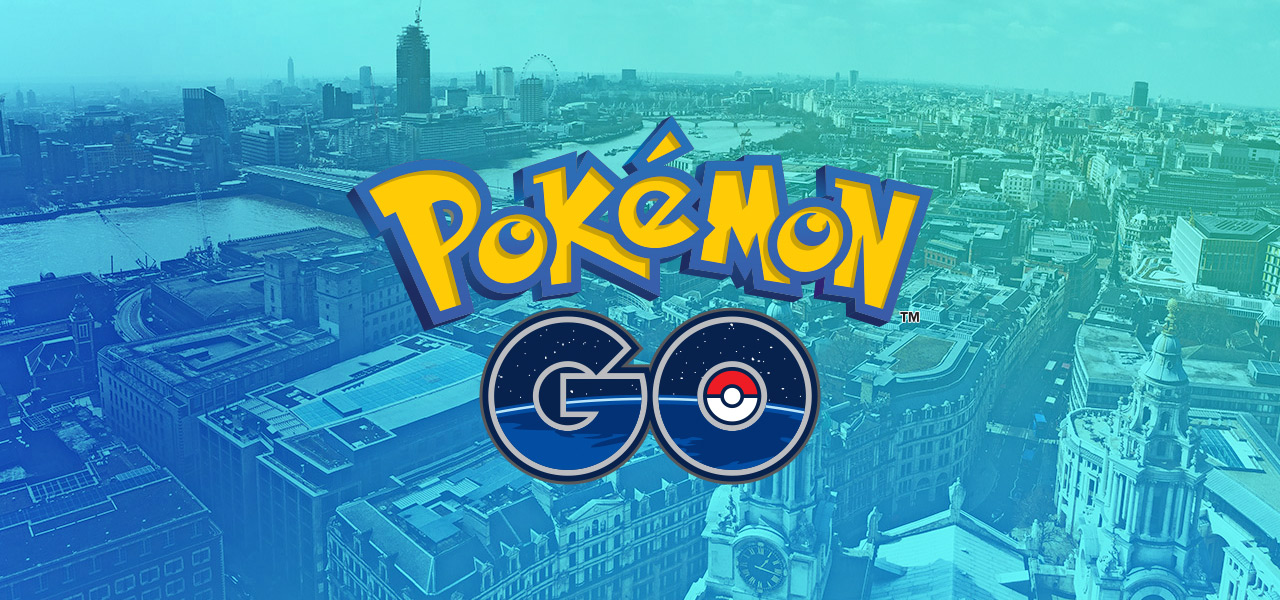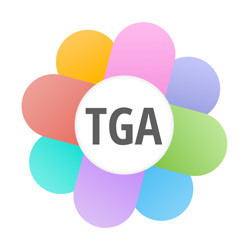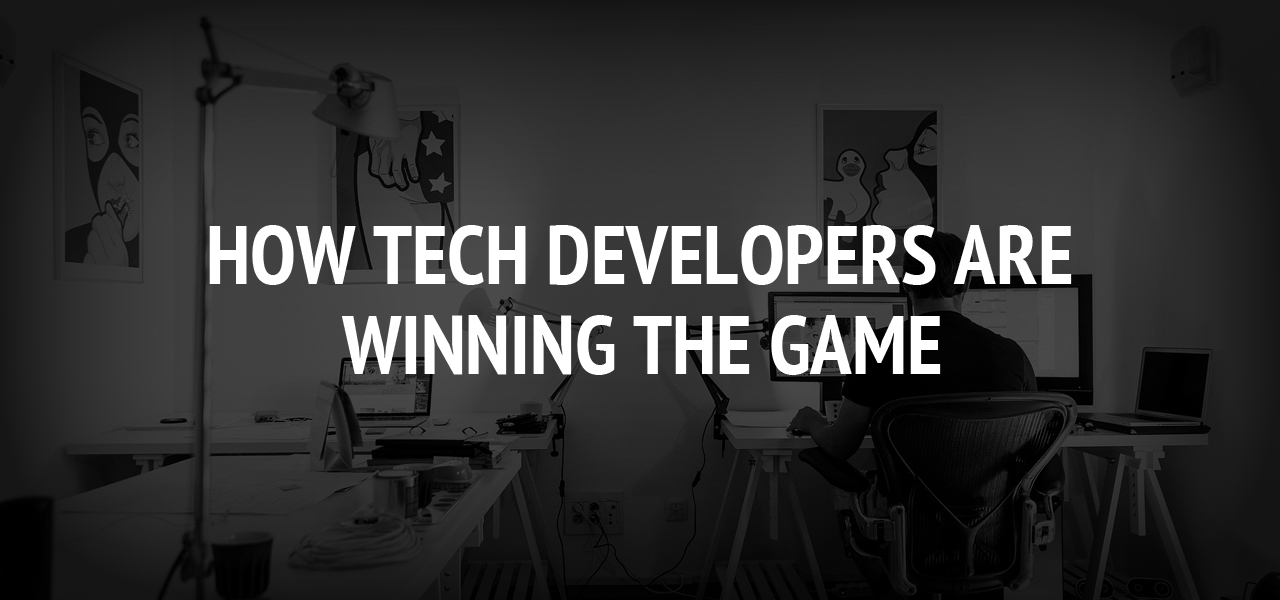Best games 2016: Pokémon Go

Pokémon GO is a mobile app that you download to your Android smartphone, but play in the real world through augmented reality.
In Pokémon GO the aim is to locate, catch, battle and trade Pokemon, and you are encouraged to connect with other nearby Pokémon GO players as you do so.
Pokémon Go, the augmented reality mobile game from Nintendo and developer Niantic Labs, is out now for both iOS and Android in select countries. The app's Play Store listing is available here and the App Store link here.
For those who haven't been following the title's development, the game uses your smartphone's camera and sensors, as well as location-based algorithms, to place Pokémon in the real world. That way, as you travel around to landmarks and notable locations in your city, you can catch the creatures and then train and battle them at gyms. The game was created by Niantic, the maker of a similar AR mobile game called Ingress, in collaboration with Nintendo and The Pokémon Company. While it's a free app, Pokémon Go does contain microtransactions costing $0.99 to $99.99. You can also purchase a $35 wrist-worn wearable, due out some time this month, that lets you play the game without having to unlock your phone.
THE GOOD
Pokémon Go brings the tried-and-true RPG series to life using augmented reality. GPS and AR are used to have Pokémon populate your surroundings only to be caught with a single swipe of the touch screen.
Upon reaching level 5 you will asked to join one of three teams: Instinct, Mystic and Valor. From here I started challenging (and losing to) rival gyms. Gyms appear as large structures on the map and are hard to miss. You challenge them by walking up close and giving them a tap. I also discovered that you can form your own gyms if you emerge victorious. I have to admit taking over my neighbourhood through Pokemon battles sounds pretty insane.
Battles require little more than a keen eye for timing and a few taps of the touch screen. Being showered with ludicrous amounts of XP and cool items was a nice bonus, but I never found myself drawn towards gyms too often. Niantic hasn’t quite created a system that has the competitive hook to keep me interested.
The social aspect of Pokémon GO is easily its strongest asset, bringing hordes of real-life trainers together to capture, battle and conquer across three unique teams. The sense of community I’ve felt as I wandered the streets bumping into neighbouring trainers was wonderful, and something I’ve never felt before with mobile gaming.
Items such as lures and incense can be used to attract nearby Pokémon, making it far easier to bolster your library of creatures without the need for overly long walks. These items can be purchased using in-game microtransactions or by levelling up, and I seldom felt the urge to splash real money on the former because of this.
THE BAD
Your enjoyment of Pokémon GO will depend largely on where you live, and how far you have to travel in order to access the map’s Poke Stops and Gyms. Fortunately, my local area was littered with both. The same convenience can’t be said for rural areas, though. Some users have already reported their experiences to be nothing more than series of arduous hikes in search of Pokemon.
One major issue I had, is the toll Pokémon GO had on my Samsung Galaxy S7’s battery life. It is abundantly clear that you will have a lot of trouble keeping data charges down and battery life up if you plan on going all out when catching Pokémon. If you have any of the same problems, be sure to check out our tips article.
About The Author
Related Blog
View All-
How Tech Developers Are Winning the Game
In today's world, more and more of our communication is hosted online. We spend hours glued to our computers and smartphones for everything from entertainment to business to conversation. If we want to purchase something, shopping apps have that item just a ...
-
10 Most Played Endless Runner Android Games of 2016
Every day the several games are launch on Google Play Store. But today we are talking about Endless Runner game. We all know how much Endless Runner Games are known on Android Devices. The genre becomes everyone's most favorite. Everyone love to play endless ...







